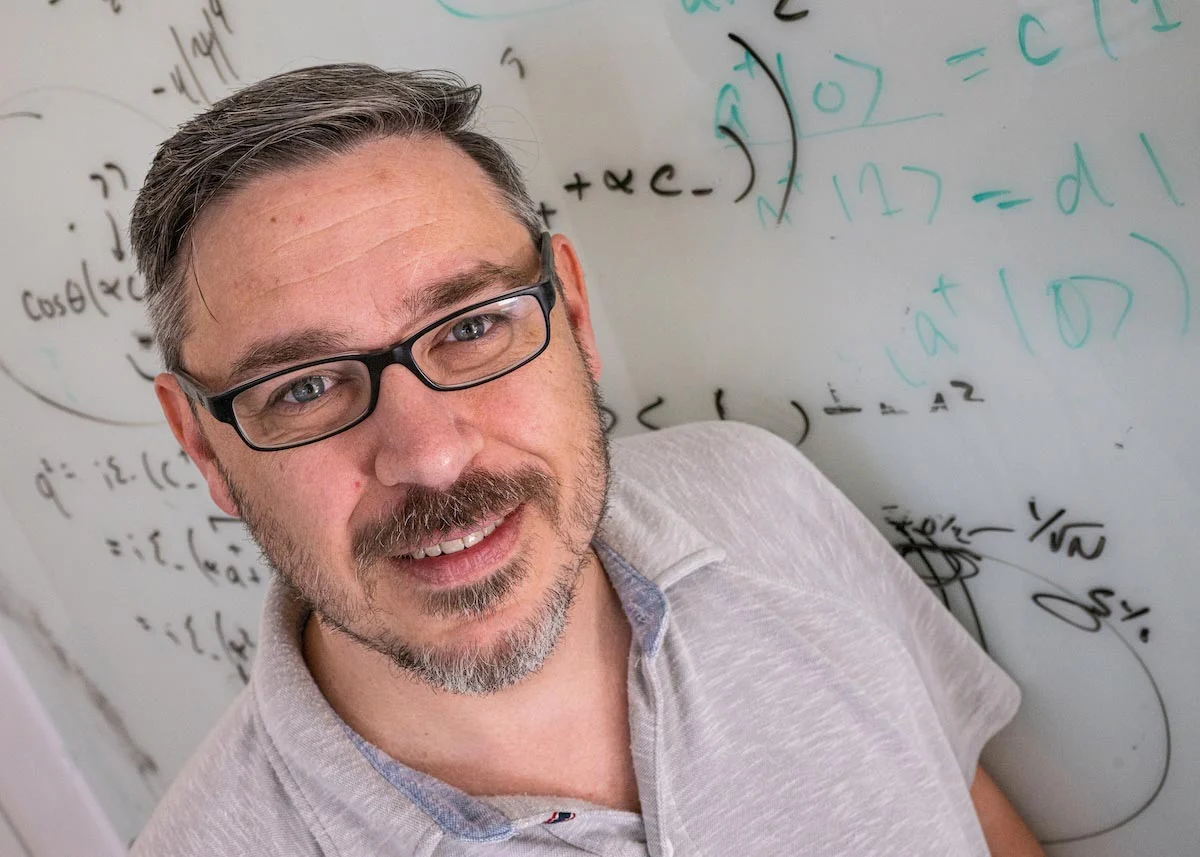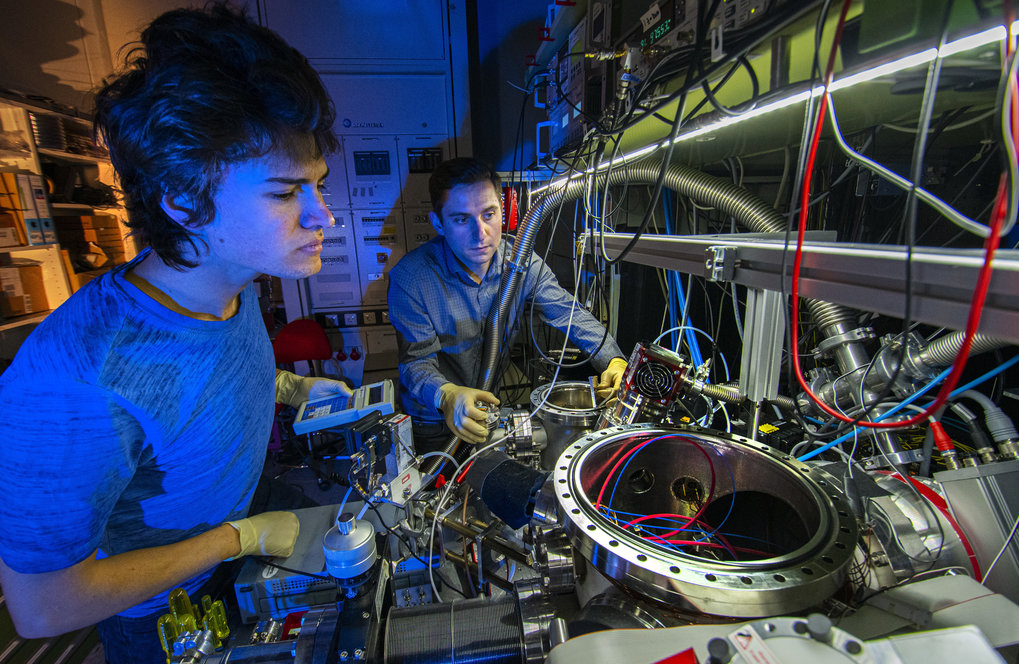Rice University physicists have made a breakthrough in particle physics by mathematically demonstrating the possibility of paraparticles, challenging the long-held binary classification of particles as either fermions or bosons. The research, led by Associate Professor Kaden Hazzard and former graduate student Zhiyuan Wang, represents a significant advancement in our understanding of particle behavior.
Traditional quantum mechanics establishes that particles are either fermions, which follow the Pauli exclusion principle limiting their ability to share quantum states, or bosons, which can freely congregate. This fundamental distinction underlies crucial phenomena, including the structure of the periodic table and basic physical properties of matter.
The concept of paraparticles isn’t entirely new. Scientists in the 1930s and 1940s began exploring the possibility of particles beyond the conventional classification, leading to a formal quantum theory of paraparticles in 1953. However, mathematical studies in the 1970s suggested that paraparticles were merely bosons or fermions in disguise, with anyons (two-dimensional particles) being the sole exception.
Hazzard and Wang’s research challenges these previous conclusions by demonstrating that the mathematical assumptions of the 1970s weren’t universally applicable to physical systems. Using sophisticated mathematical tools including the Yang-Baxter equation, group theory, and advanced algebraic methods such as Lie algebra and Hopf algebra, they developed models showing how paraparticles could emerge in condensed matter systems.
The research focused particularly on excitations in condensed matter systems like magnets. Unlike conventional particles, paraparticles exhibit unique behavior during position exchanges, with their internal states transforming during the process. This characteristic sets them apart from both fermions and bosons, suggesting new possibilities for particle behavior and material properties.
The implications of this discovery extend beyond theoretical physics. While still in early stages, the research hints at potential applications in quantum information and computation, particularly in secure communication through particle state manipulation. The team’s work provides a framework for future experimental detection of paraparticles in condensed matter systems, though more realistic theoretical proposals are needed for practical implementation.
Wang, now at the Max Planck Institute of Quantum Optics in Germany, emphasizes the cross-disciplinary nature of their research, which spans multiple areas of theoretical physics and mathematics. The researchers employed innovative approaches, including tensor network diagrams, to manage complex equations and perform abstract algebraic calculations.
While the immediate practical applications remain speculative, this breakthrough opens new avenues for exploring parastatistics in condensed matter systems. The discovery challenges fundamental assumptions about particle behavior and suggests the possibility of new elementary particles and material properties. Future research will focus on observing paraparticles in various materials and further developing the theoretical framework established by this groundbreaking study.
Reference: “Particle exchange statistics beyond fermions and bosons” by Zhiyuan Wang, and Kaden R. A. Hazzard, 8 January 2025, Nature. DOI: 10.1038/s41586-024-08262-7


